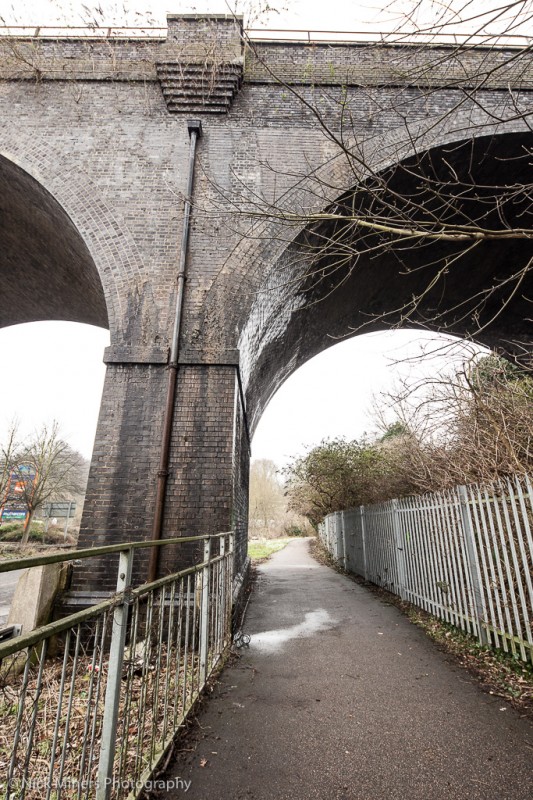This London based furniture showroom sells a range of high end Italian designed furniture. While I was at the shoot, a couple had flown over from Bermuda and were discussing their requirements with one of the staff. Many of the units on display here fetch four or even five-figure prices, so not the sort of thing you’d find in the January furniture sales as advertised on the TV after Christmas!
The London store is a franchise, operating under the name of the furniture manufacturer but being run as a separate company. They had shown me the catalogue produced by the Italian franchisor to give an indication of the sort of images they wanted. I composed the images to capture narrow colour palettes and desaturated the images very slightly to match the mood of the images from the catalogue I had been shown.
With hotel interiors, the emphasis is generally on the space, with the size of the space an important consideration, so wider lenses (around 16mm) are usually preferred. However when shooting furniture, you’re concentrating more on elements, so I stuck with a 24mm lens for most of the shots, shifting the lens slightly where needed.
 At times the angles needed meant shifting the lens horizontally to ensure the strict horizontal and vertical lines were retained, even when not aligned with the centre of the object:
At times the angles needed meant shifting the lens horizontally to ensure the strict horizontal and vertical lines were retained, even when not aligned with the centre of the object:
 I always take longer lenses with me to interior shoots as the detail shots can be as effective as the wider images:
I always take longer lenses with me to interior shoots as the detail shots can be as effective as the wider images:
 Of course for the shots of the whole showroom, it was necessary to go a bit wider, and from the elevated perspective I had to take full advantage of the shift capability of my 17mm lens:
Of course for the shots of the whole showroom, it was necessary to go a bit wider, and from the elevated perspective I had to take full advantage of the shift capability of my 17mm lens:
 As you can see from the plum-coloured pedestal, when shifted this much, the distortion can be quite extreme, so you need to be very careful using these lenses with elements that are visible at the extreme edges of the frame.
As you can see from the plum-coloured pedestal, when shifted this much, the distortion can be quite extreme, so you need to be very careful using these lenses with elements that are visible at the extreme edges of the frame.









